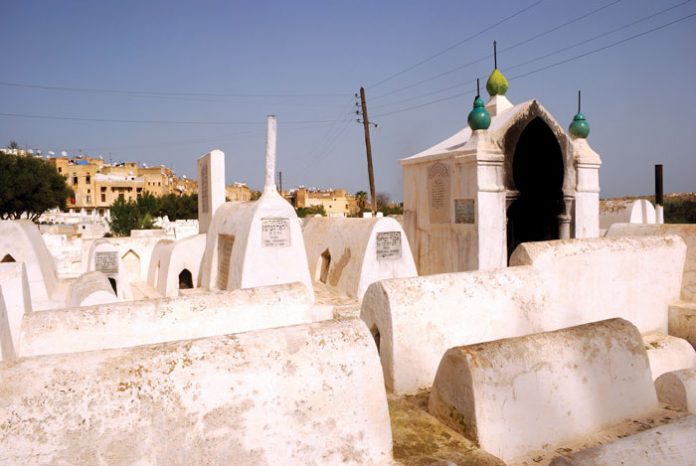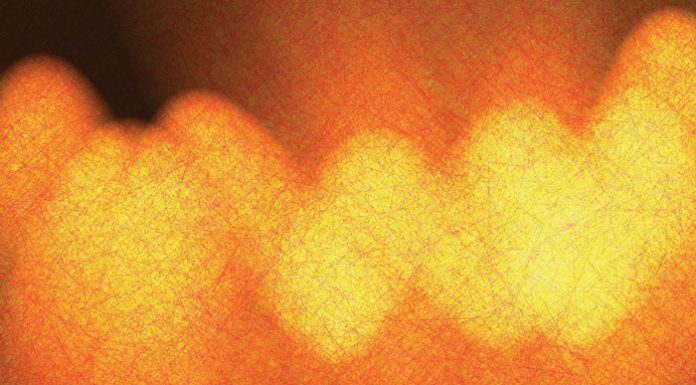American Jewish soldiers whose units were assigned to fight in North Africa during World War II undoubtedly expected to be spending a Yom Tov such as Shavuos on some battlefield. If they were lucky, they might find a few minutes to daven or a little grape juice to make a hasty kiddush before returning to their military duties.
Instead, 174 Jewish GIs had the remarkable experience of spending Shavuos in 1943 in the shuls and homes of Morocco’s traditional Jewish community—thanks to the efforts of a Baptist army chaplain.
SLAVE LABOR CAMPS
On the eve of World War II, the Jews of Morocco, numbering more than 200,000, constituted the largest Jewish community in North Africa. As was typical throughout the Muslim world, Morocco’s Jews were barely tolerated as second-class citizens and were the targets of sporadic violence.
Following the German conquest of France in 1940, the pro-Nazi Vichy French regime assumed control of France’s colonial territories, including Morocco. The local Vichy administration enacted laws to prohibit Moroccan Jews from entering a variety of professions or studying at Moroccan universities.
The impact of such anti-Jewish legislation was limited, however, because relatively few members of the community sought to enter those professions or otherwise mix in Moroccan society. Most Jewish children attended private schools run by a French Jewish organization, the Alliance Israélite Universelle, rather than Moroccan public schools.
Moroccan Jews were not forced into ghettoes, but that was largely because most of them already lived in segregated Jewish quarters in the major cities.
Overcrowding and primitive conditions made for a harsh life in the Jewish neighborhoods. In a recent interview with the Times of Israel, Moroccan-born Charles Barchechath, today a radio commentator in Montreal, described the food shortages and health problems from which Jews suffered in Rabat, where he grew up. “The [typhus and cholera] epidemics took the lives of a lot of Jews of Morocco,” he said. “My father caught typhus, but luckily he recovered.”
Some Moroccan Jews today speak fondly of the country’s king, Mohammed V, and credit him with dissuading the Vichy administrators from severely persecuting the Jewish community. According to Yad Vashem, however, “the warm welcome given by the king to the Moroccan Jewish delegations that came to discuss with him the serious consequences of the application of the anti-Jewish legislation in the spring of 1942 is the only completely positive gesture made by the sultan to the Jews of Morocco.”
Moreover, “at the same time, the local business and manufacturing associations and labor unions in Morocco strengthened the adverse economic implications of the anti-Jewish statutes,” according to Yad Vashem’s account. “Eager to eliminate Jewish competition, these organizations moved to expel Jewish members and fire Jewish employees. Jewish businessmen and tradesmen were harassed, expelled from business associations and fired from their jobs.”
More than 2,000 Moroccan Jews, together with thousands of Jews of other nationalities, were hauled off to slave labor camps that were set up in Morocco and elsewhere in North Africa by the Vichy regime. The prisoners did backbreaking work building the trans-Saharan railroad. “Conditions at the camps were horrendous, and many died from hunger, exhaustion, and disease,” Yad Vashem notes.





















